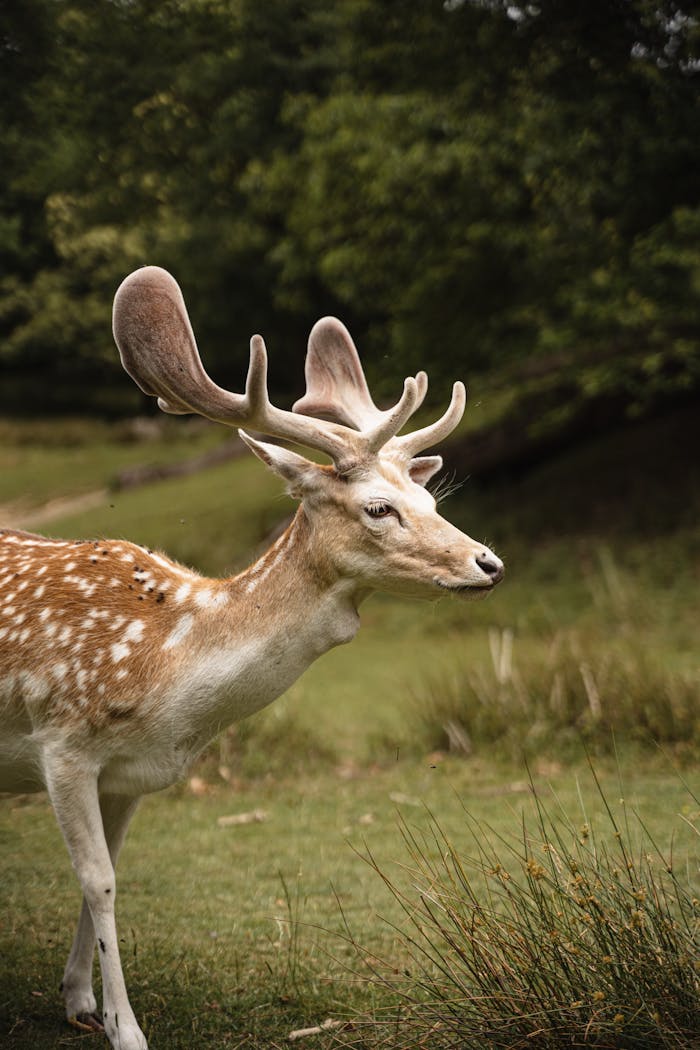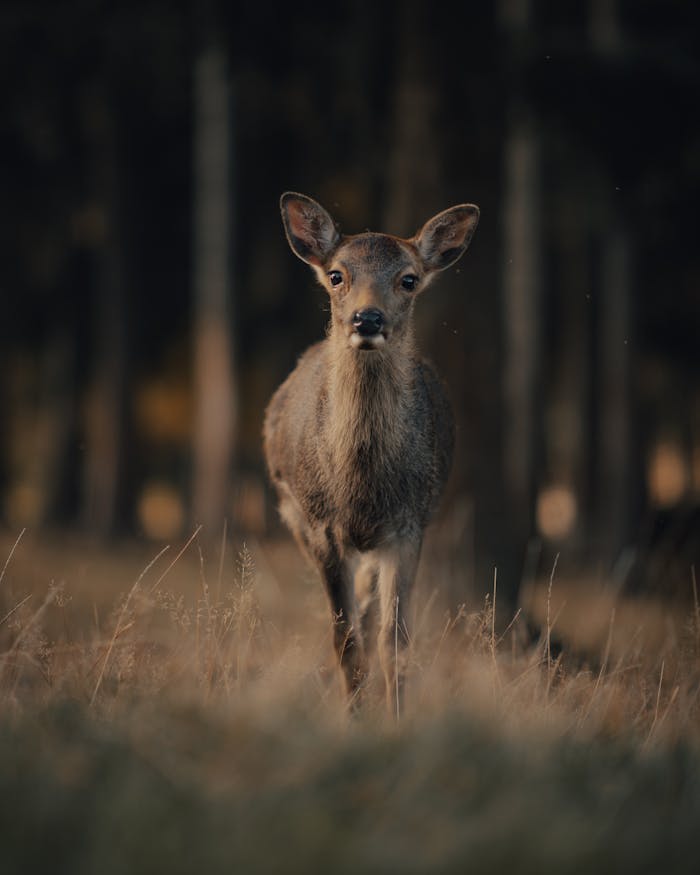Why Do Deer Lose Their Antlers Every Year?
Deer don’t keep their antlers forever. Unlike horns, antlers fall off and grow back every year. Male deer, called bucks, shed their antlers once a year. But when exactly does this happen? Let’s find out!
When Do Bucks Shed Their Antlers?
Bucks lose their antlers every year after the mating season ends. This usually happens between January and March, sometimes stretching into April. The exact timing depends on different factors, mainly linked to the buck’s hormone levels.
What Controls Antler Shedding?
The most important thing that controls when deer lose and regrow their antlers is a hormone called testosterone.
-
During mating season (usually October to November), testosterone is high, which keeps the antlers attached.
-
After the mating season, testosterone drops.
-
When testosterone gets low, the antlers start to loosen and eventually fall off.
-
In summer, testosterone begins to rise again, allowing the antlers to grow back.
Other Factors Affecting Antler Shedding
Besides hormones, these things also affect when a buck sheds its antlers:
1. Daylight Length
Shorter days in fall increase testosterone and help antler growth. Longer days in spring reduce testosterone, leading to shedding.
2. Physical Injuries
Bucks can get hurt during fights or by hunters and cars. Injuries can lower testosterone and cause antlers to fall off earlier than usual.
3. Nutrition and Health
If a buck isn’t eating well or is sick, it might shed its antlers early. Good nutrition is important for strong, healthy antlers.
4. Social Environment
Bucks living with other males might keep higher testosterone levels longer, causing them to shed antlers later than bucks living alone.
How Do Antlers Fall Off?
After testosterone drops, special bone cells called osteoclasts dissolve the tissue holding the antlers. This process takes 2-3 weeks. Bucks often rub their antlers on trees or bushes to help them fall off. Sometimes, a buck may lose one antler days before losing the other, which is why you might see deer with just one antler.
Abnormal Antler Growth and Shedding
Injuries, disease, poor nutrition, and parasites can all cause problems with antler growth and shedding. These issues might make antlers fall off too early or grow back strangely.
Best Time and Place to Find Shed Antlers
If you want to find shed antlers, look right after winter when the snow melts. Bucks usually drop their antlers near their resting spots, which are hidden areas near food sources. Since deer try to stay safe from predators, these spots are often quiet and out of the way.
How Big Do Antlers Get?
Male white-tailed deer usually grow their biggest antlers between 5 and 7 years old. Deer living in good environments with plenty of food grow bigger antlers faster. If you’re hunting for shed antlers, areas with good nutrition will have larger ones.
Summary: What We Learned
-
Bucks shed and regrow their antlers yearly.
-
Testosterone controls when antlers fall off and grow back.
-
Daylight, injuries, health, and social factors also affect shedding.
-
Shed antlers are best found after snow melts near deer resting areas.
-
Well-fed, healthy bucks grow bigger antlers.
Now you know all about why and when deer lose their antlers—and how you can find them!

